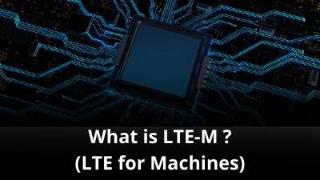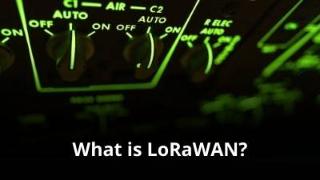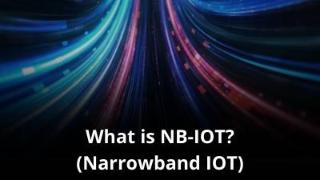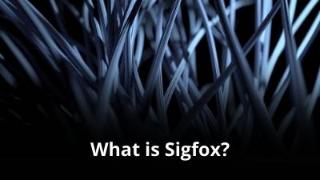Introduction about the Sigfox IOT Network
Sigfox is a specialized network designed for devices that only need to send small amounts of data occasionally. Think of it as a whisper network for your internet-connected things. Because it uses very little power, devices can last a long time without needing new batteries.
This makes the network perfect for things like tracking packages, monitoring remote sensors, or managing smart meters. Its wide coverage means it can reach places where other networks might struggle, making it a versatile choice for many IoT applications.
The Sigfox Spectrum
Weightless operates primarily in the unlicensed spectrum, offering the advantages of global availability and cost-effectiveness. By utilizing unlicensed frequency bands, Weightless avoids the complexities and expenses associated with spectrum licensing, making it an attractive option for a wide range of IoT deployments. The specific frequency bands used for Weightless vary depending on regional regulatory frameworks. For instance, in Europe, the 868 MHz band is commonly employed, while in the United States, the 902 MHz band is more prevalent. This flexibility in spectrum choice enables Weightless networks to be deployed in different geographical regions without significant modifications.

The Sigfox Coverage

It is designed for wide-area coverage, enabling devices to communicate over long distances. While not reaching the same extreme ranges as some other LPWA technologies, it offers sufficient coverage for many IoT applications. The actual coverage can vary depending on factors such as terrain, urban environment, and network infrastructure. However, Sigfox’s focus on simplicity and cost-effectiveness has contributed to its ability to provide relatively broad coverage in many regions.
The Sigfox Data Rates
Sigfox prioritizes low power consumption and long range over high data rates. As a result, the data rates offered are relatively low compared to other wireless technologies. This characteristic makes it suitable for IoT applications that require infrequent and small data transmissions, such as asset tracking, smart metering, and environmental monitoring. While the low data rate might be a limitation for applications demanding high-speed data transfer, it is sufficient for a wide range of IoT use cases.

The Sigfox Power Consumption

Power consumption is a core strength of Sigfox. The network is designed to minimize energy consumption, allowing devices to operate on batteries for extended periods, often several years, without requiring frequent replacements or recharging. This characteristic is crucial for applications where battery replacement is impractical or costly, such as remote sensors deployed in harsh environments. By optimizing power consumption, it enables the deployment of large-scale IoT networks with minimal maintenance overhead.
The Sigfox Cost
Sigfox is renowned for its cost-effectiveness. Operating in the unlicensed spectrum and focusing on simplicity, and offers a low-cost solution for IoT deployments. The combination of low device costs, minimal network infrastructure requirements, and affordable data plans makes it an attractive option for businesses with tight budgets. This cost-efficiency has contributed to Sigfox’s rapid growth and adoption in various industries.

The Sigfox Reliability and Availability

Sigfox emphasizes reliability and availability in its network design. While not achieving the same level of redundancy as some other LPWA technologies, this network employs techniques to ensure a reasonable level of service. However, the performance of networks can be influenced by factors such as network congestion, interference, and propagation conditions. While Sigfox strives to provide consistent coverage, there might be areas with limited or no coverage, particularly in remote or rural regions.
The Sigfox Security
Sigfox incorporates security measures to protect data and devices. The network employs encryption and authentication mechanisms to prevent unauthorized access and data tampering. However, the security features of Sigfox might be less extensive compared to some other LPWA technologies. It is essential to consider additional security measures, such as device hardening and secure data handling practices, for critical IoT applications.

The Sigfox Speed

As mentioned earlier, Sigfox prioritizes low power consumption and long range over speed. The data rates offered are relatively low, making it unsuitable for applications demanding real-time performance or high-speed data transfer. However, for many IoT use cases, the available data rates are sufficient to meet the requirements.
What are the advantages and disadvantages?
Advantages:
- Flexibility in data rates
- Long range
- Low power consumption
- Suitable for various IoT applications
- Potential for high data rate options
- Open standard
Disadvantages:
- Relatively new technology with smaller market penetration compared to established LPWA technologies
- Complexity due to multiple standards
- Potential for higher costs compared to some LPWA options
- Network coverage might be less extensive in certain regions
Type of Applications
Sigfox is well-suited for a range of IoT applications that prioritize low cost, long battery life, and simple deployment. Common use cases include:
- Asset tracking
- Smart metering
- Environmental monitoring
- Agriculture
- Logistics
- Smart city infrastructure

Frequently Asked Questions
1. What is the maximum range of Sigfox?
The maximum range of Sigfox can vary depending on factors such as terrain, environment, and network conditions. Typically, it ranges from several kilometers to tens of kilometers.
2. Can Sigfox be used for indoor applications?
Yes, it can be used for indoor applications, although the performance might be affected by building materials and interference.
3. Is Sigfox suitable for real-time applications?
No, it is not designed for real-time applications due to its low data rates and potential latency.
4. How secure is Sigfox?
Sigfox incorporates basic security features, but additional security measures are recommended for critical applications.
5. What is the difference between Sigfox and LoRaWAN?
Sigfox and LoRaWAN are both LPWA technologies, but they differ in terms of data rates, coverage, network architecture, and cost. Sigfox generally focuses on simplicity and low cost, while LoRaWAN offers more flexibility and potential for higher data rates.
Summary
Sigfox has established itself as a viable LPWA technology, particularly for IoT applications that prioritize low cost, long battery life, and simple deployment. While it might not be the ideal choice for every IoT use case, Sigfox’s strengths in terms of cost-effectiveness and wide coverage have made it a popular option for various industries. However, it is essential to carefully evaluate the specific requirements of an IoT project to determine if Sigfox is the most suitable technology.
